An Al Jazeera crew at the Thai border with Cambodia was forced to take shelter in a bunker as Cambodia shelled the village of Ban Nong Mek, in Thailand’s Sisaket province.
Al Jazeera reporter takes shelter amid shelling at Thai-Cambodia border
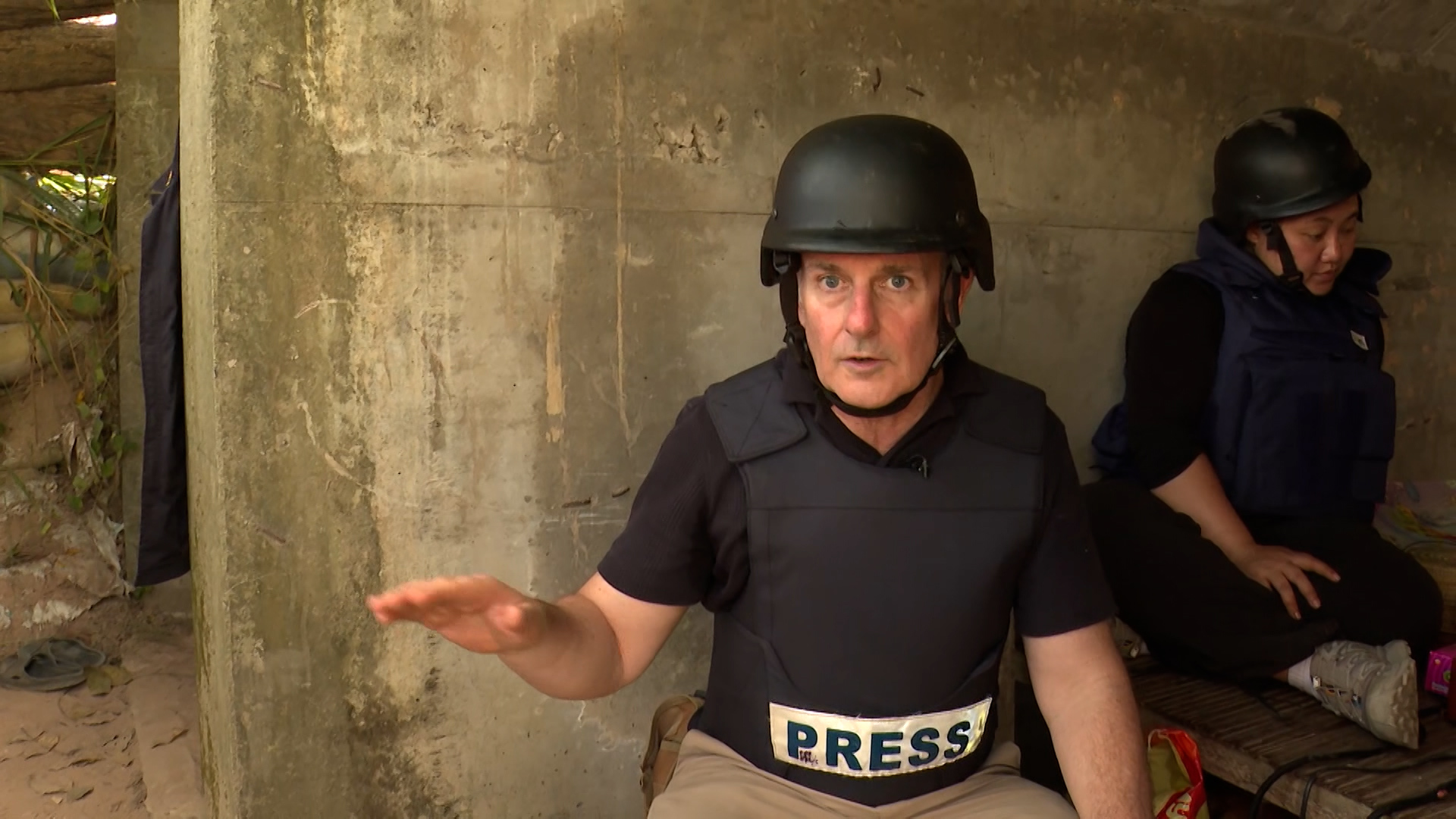

An Al Jazeera crew at the Thai border with Cambodia was forced to take shelter in a bunker as Cambodia shelled the village of Ban Nong Mek, in Thailand’s Sisaket province.
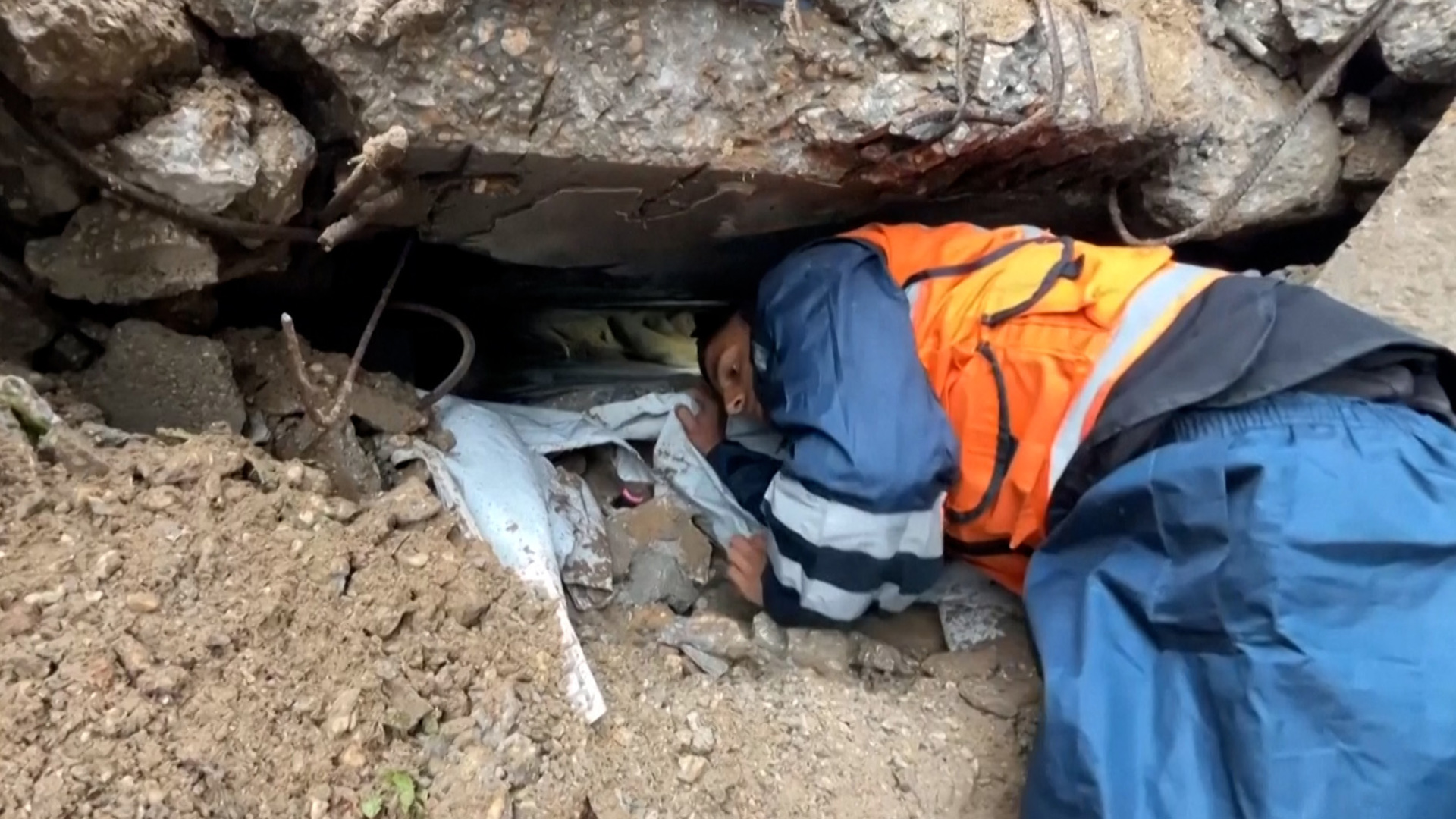
Civil defence crews in Gaza are racing to rescue people trapped under war-damaged buildings that have collapsed from heavy rain and strong winds during a severe winter storm.
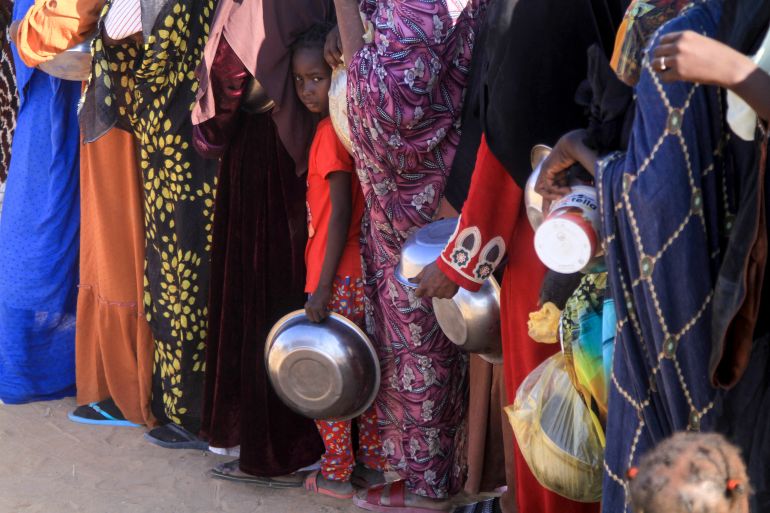
El-Fasher has a special place in the consciousness of many Sudanese people. For them, it is more than the capital of North Darfur State in western Sudan.
It is deeply rooted, historically and culturally, in the national identity.
Between its first fall in 1916 at the hands of British forces and its second fall in October to the Rapid Support Forces (RSF) paramilitary group, el-Fasher stands out as a spiritual, political and social centre.
Since the era of Sultan Ali Dinar (1898-1916), el-Fasher had been a hub for knowledge, religious education and spiritual heritage. It was a place where the Kiswa, the black cloth that covers the Kaaba in Mecca, Saudi Arabia, was made.
Many researchers of Sudanese heritage argue that after the end of the sultanate, the city’s spiritual dimension continued to shape the collective consciousness of the inhabitants of Darfur.
The city and Ali Dinar became symbols of national steadfastness and resistance after the British occupied el-Fasher in November 1916 as part of their colonial strategy to redraw the political map of the region.
Ali Dinar organised the resistance against the British, but Britain brought an end to the independent Darfur Sultanate and forced its integration into the modern Sudanese state, which was shaped according to the interests of colonial powers.
More than a century after that historic fall, el-Fasher fell again, this time to the RSF, which, according to local reports and Sudanese government officials, pointed to foreign intervention in support of the paramilitary.
The RSF had besieged the city for more than 18 months. Tens of thousands of people were displaced, and according to the Sudan Doctors Network, at least 1,500 people were killed in 48 hours after the RSF took control of el-Fasher.
The city has been distinguished by its tribal and cultural diversity, seen for decades as a model of coexistence in Darfur. However, the war has caused deep fractures as warnings are issued of forced demographic change that threatens the city’s historical social balance.
“Tribal affiliations have begun to be used as tools in the conflict, leading to a partial breakdown of traditional relationships that underpinned coexistence in el-Fasher,” Hussein Adam, a researcher in sociology and a doctoral candidate at Bursa University in Turkiye, told Al Jazeera.
“Population shifts caused by displacement and forced migration have begun to disrupt the social structure, potentially reshaping the city’s identity in unpredictable ways,” Adam said, adding that “ignoring the social dimension in any political settlement may lead to future conflicts of greater complexity”.
For many, the fall of el-Fasher has caused bitterness, but it has also invoked a sense of resilience and hope.
“After this fall, the shelling may stop temporarily, but the wounds remain,” Sheikh Abdul Rahim Adam, an imam who fled to West Darfur, told Al Jazeera.
“Despite the suffering, our memory remains alive with our mosques and Quran schools, and we will return to protect our heritage,” he said.
“The city will soon be liberated from the grip of the [RSF], and we will continue educating our children,’’ Fatima Abdul Karim, a teacher displaced to the Kurma area west of el-Fasher, told Al Jazeera.
‘’This city is … identity and dignity. I saw our schools turn into military barracks, but we will rebuild them soon.”
The war caused economic paralysis in el-Fasher, and its bustling markets became semi-abandoned places. Traders stopped coming from other parts of Sudan, leading to skyrocketing prices and a scarcity of basic goods.
Sudanese history researcher Ibrahim Saeed Abkar believes that Sudan’s recovery depends on restoring its collective memory and acknowledging the historical roles of cities like el-Fasher.
Abkar added that the resistance of Ali Dinar represents a model of civilisational resilience, which could inspire reconstruction efforts if peace is achieved in the region.
Many observers are calling for an end to the fighting and the start of community dialogue before any political settlement, stressing that repairing the social fabric is no less important than physical reconstruction or political solutions.
They emphasised that recovery requires addressing the psychological and social wounds left by the war.

US President Donald Trump has vowed retaliation against ISIL after an ambush near Palmyra in central Syria killed three US citizens. Trump blamed ISIL for the attack, though investigators are assessing the possibility it may have been an insider attack by a member of an allied force.
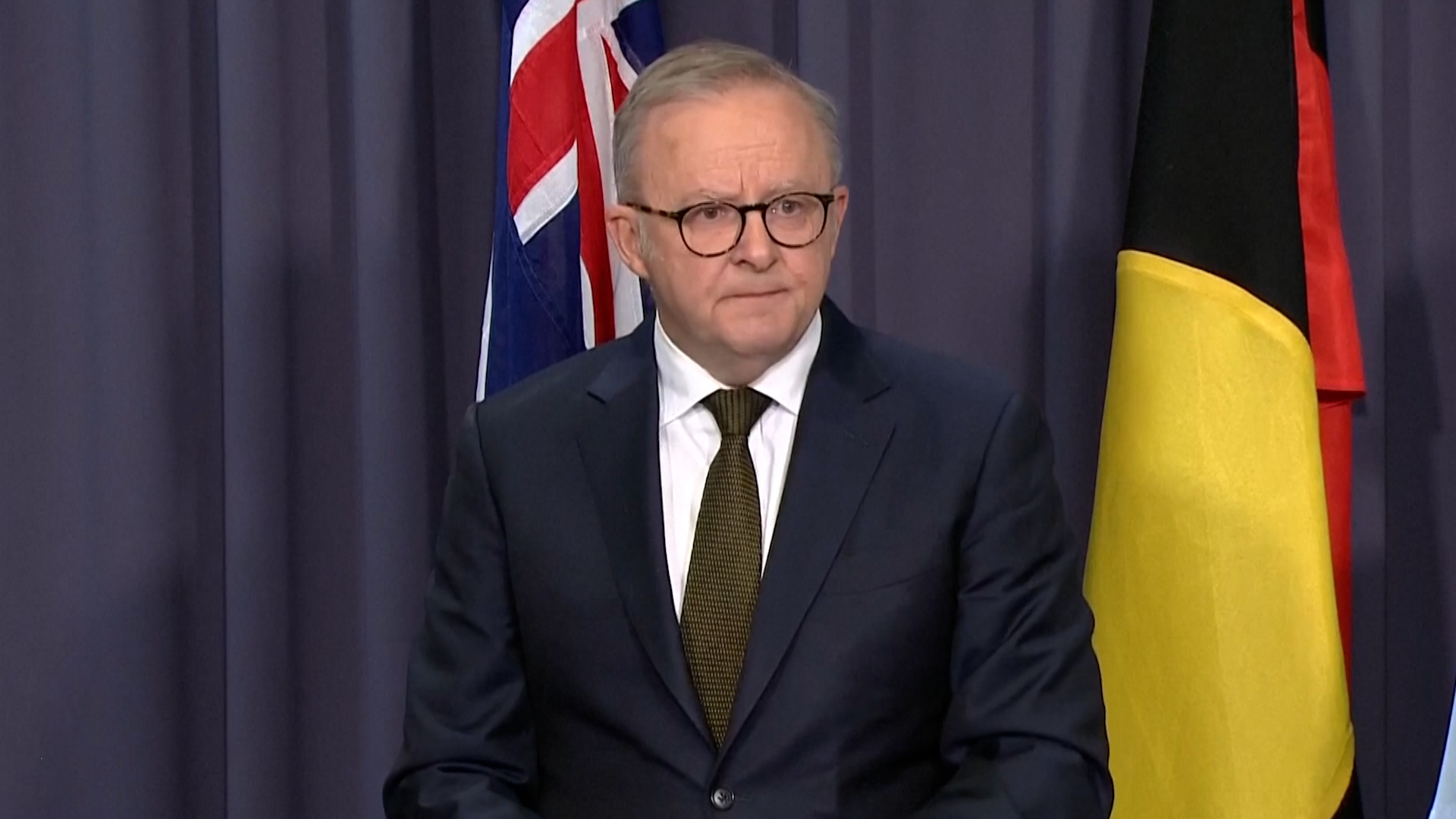
Australian Prime Minister Anthony Albanese has declared the shooting at Sydney’s Bondi Beach a ‘terrorist’ attack targeting a Jewish community event. New South Wales police say at least a dozen people were killed by two gunmen at the scene.
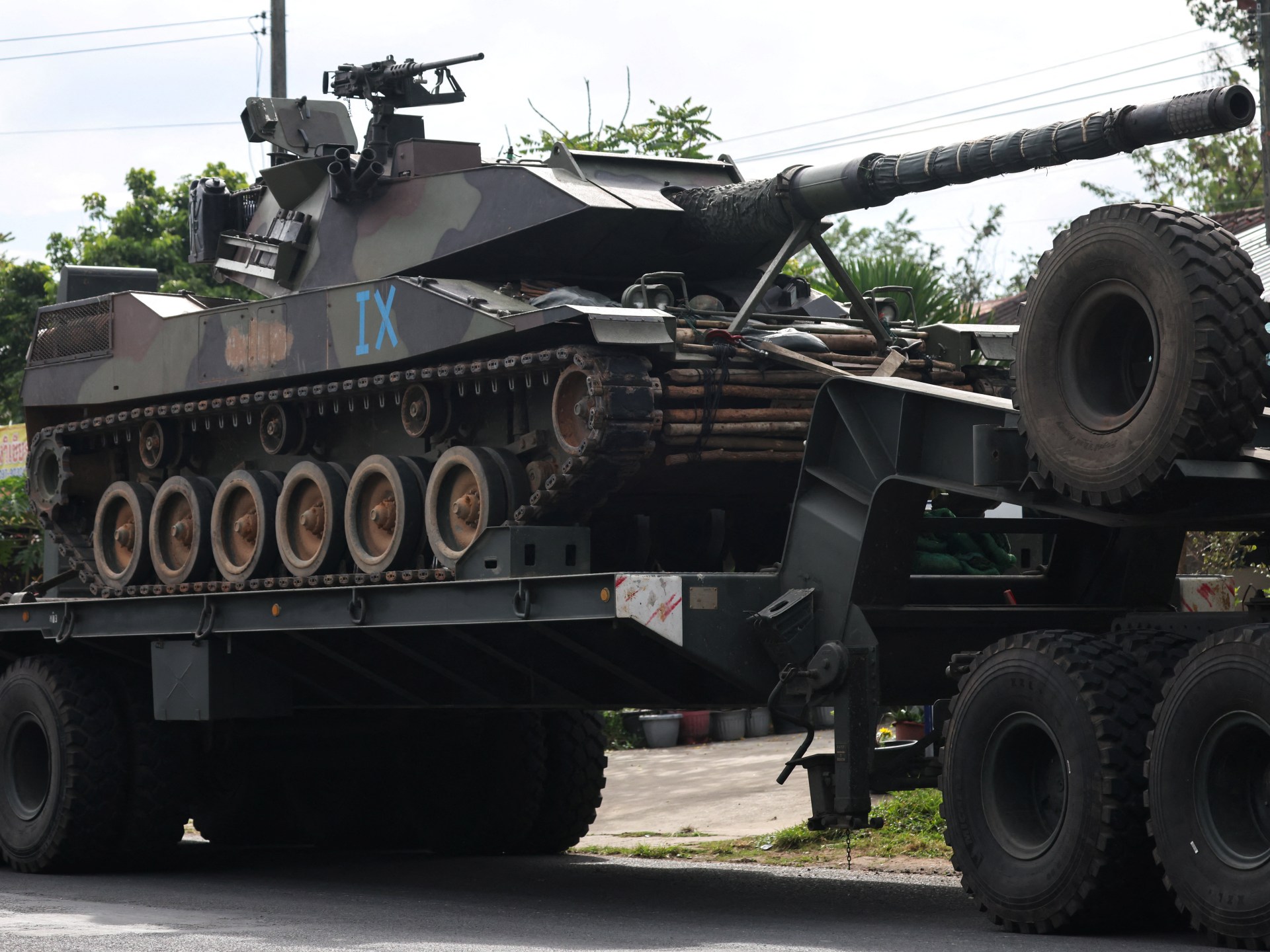
Thailand’s sudden return to the use of force along its frontier with Cambodia is a blunt reminder of how volatile one of Southeast Asia’s most enduring territorial disputes remains. The pace of the latest escalation is startling. Only weeks earlier, leaders from both countries stood before regional and international dignitaries at the Association of Southeast Asian Nations (ASEAN) summit, endorsing a ceasefire framework that was presented as a political breakthrough. The symbolism was heavy, a truce blessed by regional leaders and witnessed by United States President Donald Trump meant to signal that Southeast Asia could manage its own tensions responsibly.
Yet that promise evaporated almost as soon as the delegations returned home. Bangkok’s air strikes on Cambodian positions in contested border pockets triggered immediate evacuations.
What this sequence reveals is painfully familiar. Ceasefires in this dispute have rarely been more than pauses in a long cycle of distrust. Agreements are signed in conference halls, but the frontier itself has its own rhythm – one shaped by longstanding grievances, competing national narratives and the difficulties of managing heavily armed forces operating in ambiguous terrain.
The ceasefire endorsed at the ASEAN summit was constructed as the foundation for a broader roadmap. It committed both sides to cease hostilities, halt troop movements and gradually scale down the deployment of heavy weapons near contested areas. Crucially, it tasked ASEAN with deploying monitoring teams to observe compliance.
On paper, these were sensible steps. In reality, they were grafted onto political soil that was nowhere near ready to sustain them. Both governments were operating under heightened global scrutiny and were eager to signal calm to foreign investors, but the core issues – unsettled borders, unresolved historical claims and mutual suspicions embedded in their security establishments – remained untouched.
The agreement thus functioned less as a resolution and more as a temporary show of goodwill to stave off international pressure. Its weaknesses were exposed almost immediately. The pact depended heavily on the momentum generated by the summit itself rather than on durable institutional mechanisms. High-profile witnesses can create ceremonial gravitas, but they cannot substitute for the painstaking work required to rebuild strategic trust.
Thailand and Cambodia entered the agreement with different interpretations of what compliance meant, particularly with regard to troop postures and patrol rights in disputed pockets.
More importantly, the proposed monitoring regime demanded close, real-time cooperation between two militaries that have long viewed one another through an adversarial lens. Monitoring missions can succeed only when field commanders respect their access, accept their findings and operate under harmonised rules of engagement. None of those conditions yet exists.
And hanging over all of this are domestic political considerations. In both Bangkok and Phnom Penh, leaders are acutely sensitive to accusations of weakness over territorial integrity. In an environment where nationalist sentiment can be easily inflamed, governments often act defensively – even preemptively – to avoid political backlash at home.
Historical grievances
To understand why this conflict repeatedly returns to the brink, one must situate it in its longer arc. The Thailand-Cambodia frontier reflects the legacies of colonial-era boundary-making. The French, who ruled over Cambodia until 1954, were heavily involved in delineation of the border, a process that left behind ambiguous lines and overlapping claims.
These ambiguities mattered little when both states were preoccupied with internal consolidation and Cold War upheavals. But as their institutions matured, as national narratives took firmer hold and as economic development transformed the strategic value of particular zones, the border dispute hardened.
Several of the contested areas carry deep cultural and symbolic significance, including the Preah Vihear temple, built by the Khmer Empire, which both Thailand and Cambodia claim to be successors of. In 1962, the International Court of Justice (ICJ) ruled that the temple is within Cambodian territory.
When disputes erupted from 2008 to 2011, marked by exchanges of artillery fire, mass displacements and duelling legal interpretations of the ICJ ruling, the political stakes crystallised. The clashes did not just damage property and displace civilians; they embedded the border issue into the nationalist consciousness of both countries. Even periods of relative quiet in the years that followed rested on an uneasy equilibrium.
This year’s resurgence of violence follows that established pattern. Domestic politics in both capitals have entered a phase in which leaders feel compelled to demonstrate resolve. Military modernisation programmes, meanwhile, have provided both sides with more tools of coercion, even if neither desires a full-scale confrontation.
The proximity of troops in disputed pockets leaves little room for error: Routine patrols can be misread as provocations, and ambiguous movements can quickly escalate into armed responses. In such an environment, ceasefires, however well intentioned, have little chance of survival unless supported by mechanisms that address the deeper structural problems.
The fact that the ASEAN-brokered truce did not grapple directly with the border’s most contentious segments left it vulnerable. Neither Thailand nor Cambodia is prepared to accept a binding demarcation that could be interpreted domestically as giving ground. Until there is clarity – legal, cartographic and political – the zone will remain one where each side feels compelled to assert its presence.
External factors have further complicated calculations. Both countries operate in a geopolitical environment marked by larger power competition. While neither Thailand nor Cambodia seeks to internationalise the dispute, there are competing incentives to showcase autonomy, avoid external pressure or signal strategic alignment. These dynamics may not directly cause clashes, but they create a political environment in which leaders feel additional pressure to project strength.
The implications of this escalation extend beyond the bilateral relationship. If air strikes, even calibrated ones, become normalised as tools of signalling, Southeast Asia risks sliding into a period in which hardened positions become the default posture in territorial disputes. Civilian displacements could widen. Confidence-building measures – already fragile – could evaporate outright. And the political space for diplomacy, which relies on leaders having room to manoeuvre away from maximalist rhetoric, could shrink dramatically.
ASEAN now faces a test of relevance. Symbolic diplomacy, declarations of concern and offers of “good offices” will not be enough. If the organisation wishes to demonstrate that it can manage conflicts within its ranks, it must undertake three essential steps.
First, it must insist that its monitoring missions are fully deployed and granted operational autonomy. Observers need unrestricted access to flashpoints, and their assessments must be publicly reported to reduce the temptation for either side to distort facts. Transparent monitoring will not eliminate the dispute, but it can reduce opportunities for opportunistic escalation.
Second, ASEAN should establish a standing trilateral crisis group composed of Thailand, Cambodia and the ASEAN chair. This group should be mandated to intervene diplomatically within hours of any reported incident. Timely engagement could prevent misunderstandings from hardening into military responses.
Third, ASEAN must begin laying the groundwork for a longer-term negotiation on border demarcation. This would be politically sensitive and may not yield quick breakthroughs, but a structured process supported by neutral cartographers, legal experts and historical researchers could create space for gradual movement. A slow dialogue is better than no dialogue.
The United Nations could complement, though not supplant, ASEAN’s leadership. The UN’s technical expertise in boundary disputes, its experience in managing verification processes and its capacity to support humanitarian preparation could reinforce regional efforts. Crucially, UN involvement could depoliticise highly technical issues that often become entangled with nationalist rhetoric.
Yet none of these institutional tools will matter unless political leaders in Bangkok and Phnom Penh are prepared to confront the past honestly and consider compromises that may be unpopular. Sustainable peace requires more than a respite from violence; it demands constituencies willing to accept that historical grievances must be resolved through negotiation rather than through force or symbolic posturing.
The collapse of the recent ceasefire should not be viewed merely as another unfortunate episode but as a sign that Southeast Asia’s security architecture remains incomplete. The region has made impressive progress in building economic integration and diplomatic habits, but when it comes to managing high-stakes territorial disputes, structural weaknesses persist. Without meaningful investment in transparency, shared rules and credible enforcement mechanisms, even the most celebrated agreements will remain vulnerable to political winds.
Thailand and Cambodia now stand at a crossroads. They can either continue down a path where periodic escalations are normalised, or they can choose to engage in a process, even a long and imperfect one, that leads towards a final settlement. The costs of the former would be borne by civilians, border communities and regional stability. The benefits of the latter would extend far beyond their shared frontier.